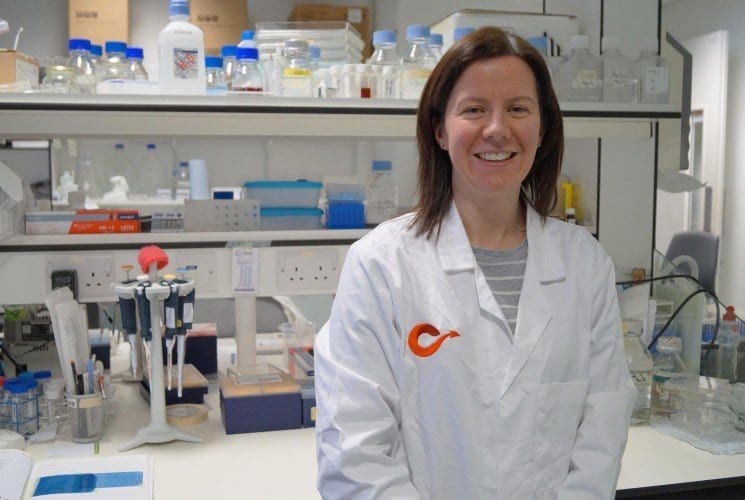Lungs
Information about how Tuberous Sclerosis Complex can affect the lungs
TSC (Tuberous Sclerosis Complex) can cause complications in the lungs, called ‘lymphangioleiomyomatosis’ (or ‘LAM’).
LAM occurs when there is an overgrowth of cells in the airways, blood vessels and lymph (fluid) vessels of the lungs.
LAM is much more common in women living with TSC compared to men, with around 3 in every 10 women living with TSC also developing LAM. As a result, it is believed that the hormone oestrogen, which is found in greater amounts in women than men, plays a part in how LAM develops.
Clinicians recommend that women living with TSC should avoid taking oestrogen containing medicines, including some contraceptives. You can read more about TSC and women’s health here.
LAM develops most commonly between adolescence and middle-age. As TSC is becoming better managed and treated, LAM is being given a greater focus in TSC. This is because, as people get older, they are more likely to develop LAM.
The impact and severity of LAM varies significantly amongst individuals living with TSC – some people experience no symptoms, and others experience problems ranging from shortness of breath and coughing to chest pain or a collapsed lung.
The TSA held a virtual LAM event with Professor Simon Johnson (Director of the National LAM Centre), to provide an overview of LAM, plus a Q&A section:
Clinical guidelines for LAM
Recommendations on how to identify, monitor and treat LAM have been developed at both a European and UK level. The European Respiratory Society released their guidelines for all cases of LAM in 2010, with UK guidelines for LAM in people living with TSC published as part of the wider guidance on the diagnosis, treatment and management of TSC in the UK.
Monitoring and treating LAM
All women with TSC should be routinely screened for LAM from 18 years of age. Screening of the lungs to search for LAM is recommended using a computed tomography (CT) scan every 5 – 10 years. If LAM is identified, annual pulmonary function testing is recommended to monitor the impact of LAM. If there is evidence that there has been a loss of lung function as a result of LAM, pharmacological treatment might be recommended by a clinician.
Nottingham University Hospitals is home to the National Centre of LAM, which provides a comprehensive LAM clinical service including: Diagnosis of suspected LAM, ongoing respiratory care, surgical assessment and treatment of complications. Anyone living in England can get a referral to the National Centre of LAM. You can find the clinic’s details here.
LAM research funded by the Tuberous Sclerosis Association
The Tuberous Sclerosis Association (TSA) is proud to be part-funding research at Cardiff University into TSC.
Dr Elaine Dunlop and her team at Cardiff University will carry out a new project with the aim being to create a LAM model. If the research is successful, it will give scientists a better understanding of why TSC LAM happens and why some cells invade the lungs whilst others do not.
Find out more about the work of Dr Dunlop and her team into LAM on the TSA-funded research page. You can also find out more about Dr Dunlop and her work as a TSC researcher here.
Useful links
Make a one off or regular donation
£10 Can allow us to send a welcome pack to a family who has just received a life-changing TSC diagnosis, ensuring that they do not go through this time alone.
£25 Can help us develop materials that are included in our support services, flagship events or campaigns.
£50 Can provide laboratory equipment for a day’s research into the causes, symptoms, management or treatment of TSC.
To provide help for today and a cure for tomorrow






